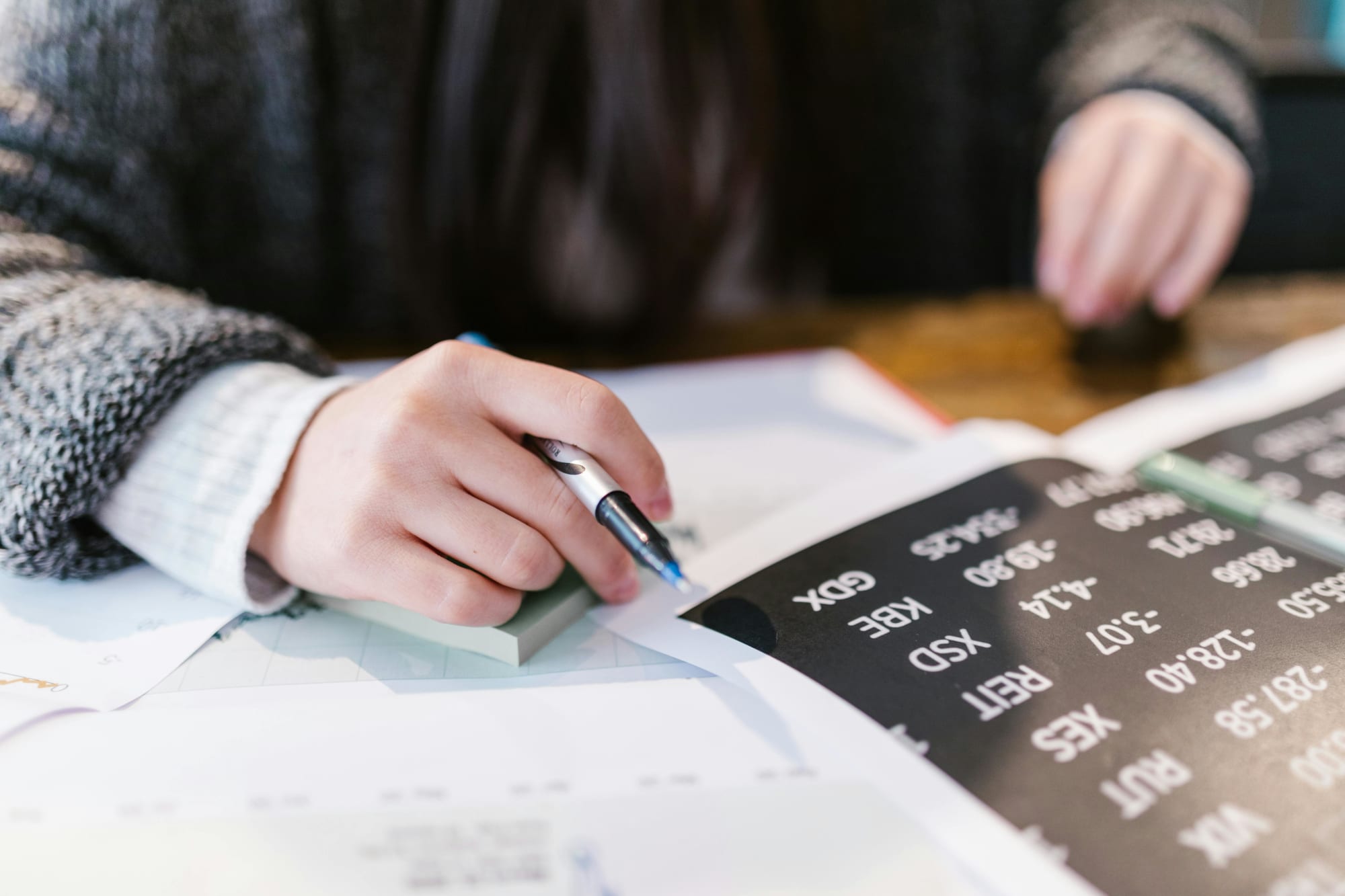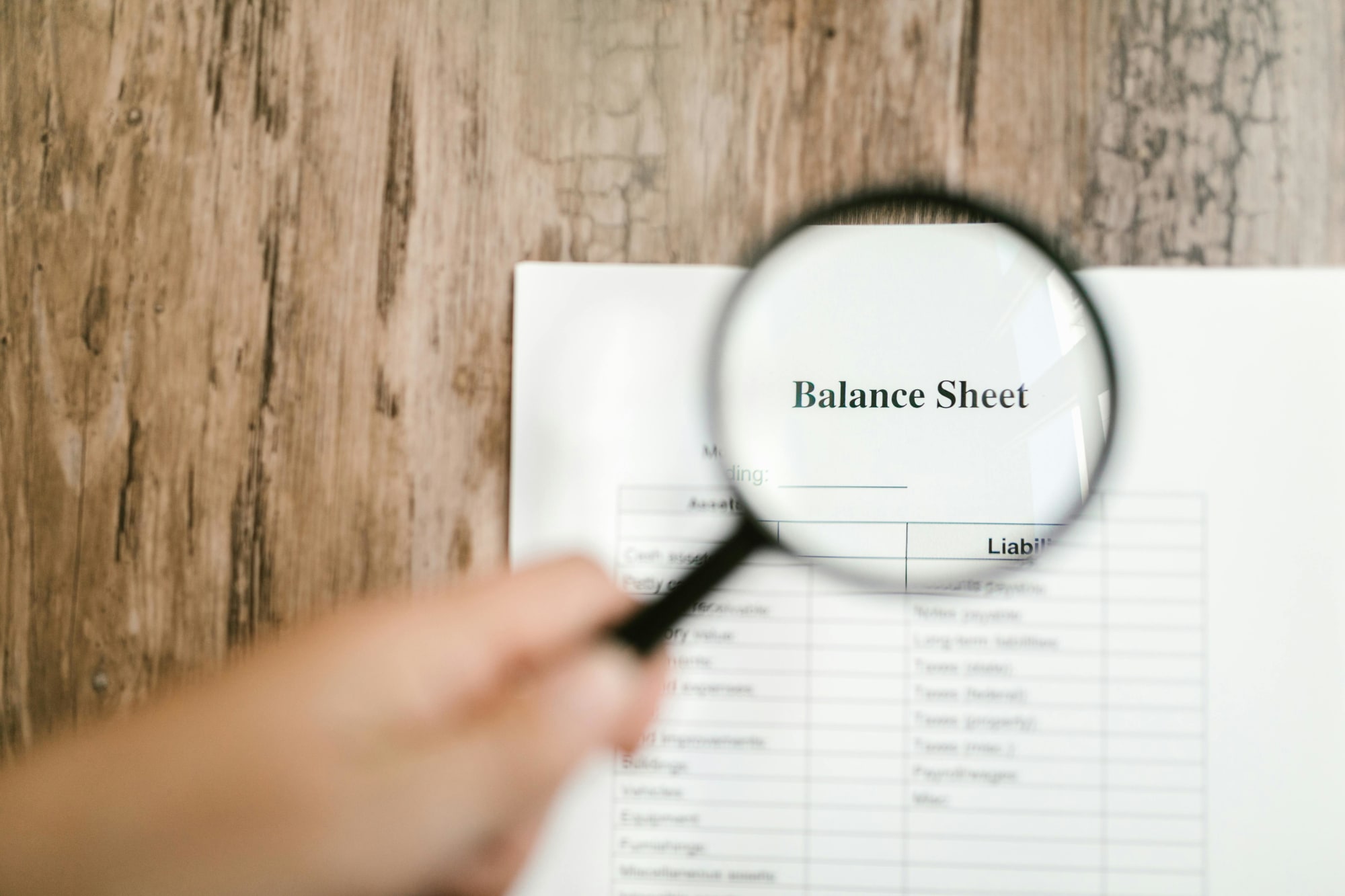Invest
Seven myths of bankruptcy
What does bankruptcy actually mean for your finances? We spoke to expert from Aravanis bankruptcy trustee’s, Andrew Aravanis, to bust some common myths.
Seven myths of bankruptcy
What does bankruptcy actually mean for your finances? We spoke to expert from Aravanis bankruptcy trustee’s, Andrew Aravanis, to bust some common myths.

There are many myths associated with going bankrupt, however there are seven in particular I hear most often:
- That it’s a criminal offence to become bankrupt and there’s jail time associated with it
- That your income is withheld from you completely or that you’ll be given an allowance commensurate with Newstart payments to live on
- That you can’t rent property
- That your credit report will be “blacklisted” forever and you’ll never borrow again
- That you’ll be bankrupt until the debt you owed is paid off
- That you’ll never be allowed to leave the country
- That the bankruptcy trustee will come to your house and take away household contents like furniture, TVs and whitegoods
So, what’s the truth?
You’ll typically be bankrupt for three years and one day before your provable unsecured debt will be cleared. This tends to include credit cards, unsecured personal loans and overdrafts, shortfalls on properties or car loans and most tax debts.
Credit report and NPII

The bankruptcy listing will be removed from your credit file two years after your discharge, so it will be there for five years in total for most. There will also be a record of your bankruptcy on the National Personal Insolvency Index (NPII) which is an insolvency database held and maintained by the Australian federal government. This index is not the same as your credit report.
Protected assets
Assets are either protected or not protected. Protected assets include: standard household contents and furniture, superannuation, tools that you use to earn an income worth up to $3,750 (current market value – not replacement value), and vehicle assets used primarily for transport worth up to a total of $7,800. For vehicles under finance, this applies to the equity in the vehicle.
Unprotected assets such as property
Property assets, such as houses and units are not protected, meaning that your interest in such an asset (normally relative to your share of the equity) shifts from you to your bankruptcy trustee. Your bankruptcy trustee’s job is to realise the value of any unprotected property (in monetary terms), so that these funds can be made available to your bankrupt estate. Contrary to popular belief, there are a couple of ways that this can be achieved but the most common outcomes are:
- The trustee sells the property (in partnership with any other co-owners) now or in the future. Any non-bankrupt co-owners will still be entitled to receive their share of the proceeds.
- The trustee otherwise agrees to relinquish their interest in the unprotected property after receiving consideration (i.e. payment) based on market value. This offer will ordinarily come from a non-bankrupt person, like a co-owner and in effect, this third-party is purchasing the trustee's current and future interest in the unprotected property. Once this transaction is complete, the property will no longer be an asset of your bankrupt estate.
Income
If you were to go bankrupt and are earning over the relevant income threshold, you may need to pay compulsory income contributions during your bankruptcy.
The formula is 50 per cent of your net assessable income above the relevant after-tax threshold per year. These thresholds vary according to the number of dependants you support. As an example, the base threshold (for someone who has no dependants) is currently $57,239 net (after tax).
Your net assessable income in bankruptcy is varied by tax payable, any child support liabilities you might be paying and any fringe benefits you might be receiving such as a work vehicle or accommodation provided by an employer.
Overseas travel
Permission is required to travel overseas but is typically granted if you’re meeting your obligations i.e. making any payments you’re supposed to be making and otherwise doing all the right things.
Operating a business
You’re unable to be the director of a company while bankrupt, although you can trade as a sole trader or partnership (provided the partnership is created after the date of your bankruptcy as any pre-existing partnership will be dissolved by the bankruptcy).
How do I know if I’m nearing bankruptcy?
In our experience, people don’t plan on becoming bankrupt and, in reality, life can sometimes throw us curve balls where no amount of strategising can change the outcome.
However, here are some warning signs that might prompt you to review your financial situation:
- You’ve borrowed amounts that can’t be paid off within a reasonable time (five years) and still allow you to afford to live
- You’ve borrowed to make up for cash flow shortfalls after an increase in expenses or a decrease in income
- You’ve purposely delayed the lodgement of your tax returns because you know you’ll owe the ATO an amount you can’t pay
- You’ve already exhausted hardship through your existing lenders
- You’re getting lots of calls from private numbers or debt collectors regarding amounts you owe
- Your credit report has more black spots than a leopard
- You’ve received a Garnishee Order, which allows creditors to issue a court order that instructs a third party such as your employer, bank or financial institution to redirect your wages or holdings to the creditor you owe money to

Investment insights
Investors maintain cautious stance amid data uncertainty
Amidst the backdrop of a US government shutdown and lingering economic uncertainties, investors have adopted a neutral stance, as revealed by the latest State Street Institutional Investor IndicatorsRead more

Investment insights
State Street's 2026 global market outlook anticipates cautious growth with strategic investment shifts
State Street Investment Management, the world's fourth-largest asset manager, has released its much-anticipated 2026 Global Market Outlook (GMO) report titled "Forward with Focus." The report provides ...Read more

Investment insights
J.P. Morgan strategists highlight Australia as a key investment destination amidst global uncertainties
Amidst a backdrop of fluctuating energy prices, J.P. Morgan Private Bank strategists have identified Australia as a beacon of opportunity for global investors, particularly within its fixed income and ...Read more

Investment insights
HarbourVest Partners unveils new private equity benchmarks highlighting long-term outperformance
In a significant update for the private equity world, HarbourVest Partners, a leading global private markets investment firm, has released its quarterly private equity benchmarks, providing ...Read more

Investment insights
Mason Stevens strengthens UHNW offering through partnership with GloryHouse
In a strategic move set to bolster its position in the ultra-high-net-worth (UHNW) sector, Mason Stevens, a prominent name in Australia's wealth management landscape, has announced a partnership with ...Read more

Investment insights
Beyond the trophy: What the Women in Finance Awards 2025 signal for strategy, talent and ROI
Australia’s Women in Finance Awards have crowned their 2025 cohort, but the real story isn’t the stage—it’s the strategy. Recognition programs now function as market barometers, signalling which ...Read more

Investment insights
Orbis Investments challenges investors to rethink assumptions in 2026
In a bold move to reshape investor perspectives, Orbis Investments has released a new report titled "Six Courageous Questions for 2026," encouraging investors to critically evaluate their assumptions ...Read more

Investment insights
Rate relief on the horizon? How a November cut could reshape Australian balance sheets
With unemployment edging up to a multi-year high, markets are weighing whether the Reserve Bank will pivot to a rate cut as early as November. For CFOs and CEOs, the real question isn’t if a cut ...Read more

Investment insights
Investors maintain cautious stance amid data uncertainty
Amidst the backdrop of a US government shutdown and lingering economic uncertainties, investors have adopted a neutral stance, as revealed by the latest State Street Institutional Investor IndicatorsRead more

Investment insights
State Street's 2026 global market outlook anticipates cautious growth with strategic investment shifts
State Street Investment Management, the world's fourth-largest asset manager, has released its much-anticipated 2026 Global Market Outlook (GMO) report titled "Forward with Focus." The report provides ...Read more

Investment insights
J.P. Morgan strategists highlight Australia as a key investment destination amidst global uncertainties
Amidst a backdrop of fluctuating energy prices, J.P. Morgan Private Bank strategists have identified Australia as a beacon of opportunity for global investors, particularly within its fixed income and ...Read more

Investment insights
HarbourVest Partners unveils new private equity benchmarks highlighting long-term outperformance
In a significant update for the private equity world, HarbourVest Partners, a leading global private markets investment firm, has released its quarterly private equity benchmarks, providing ...Read more

Investment insights
Mason Stevens strengthens UHNW offering through partnership with GloryHouse
In a strategic move set to bolster its position in the ultra-high-net-worth (UHNW) sector, Mason Stevens, a prominent name in Australia's wealth management landscape, has announced a partnership with ...Read more

Investment insights
Beyond the trophy: What the Women in Finance Awards 2025 signal for strategy, talent and ROI
Australia’s Women in Finance Awards have crowned their 2025 cohort, but the real story isn’t the stage—it’s the strategy. Recognition programs now function as market barometers, signalling which ...Read more

Investment insights
Orbis Investments challenges investors to rethink assumptions in 2026
In a bold move to reshape investor perspectives, Orbis Investments has released a new report titled "Six Courageous Questions for 2026," encouraging investors to critically evaluate their assumptions ...Read more

Investment insights
Rate relief on the horizon? How a November cut could reshape Australian balance sheets
With unemployment edging up to a multi-year high, markets are weighing whether the Reserve Bank will pivot to a rate cut as early as November. For CFOs and CEOs, the real question isn’t if a cut ...Read more








